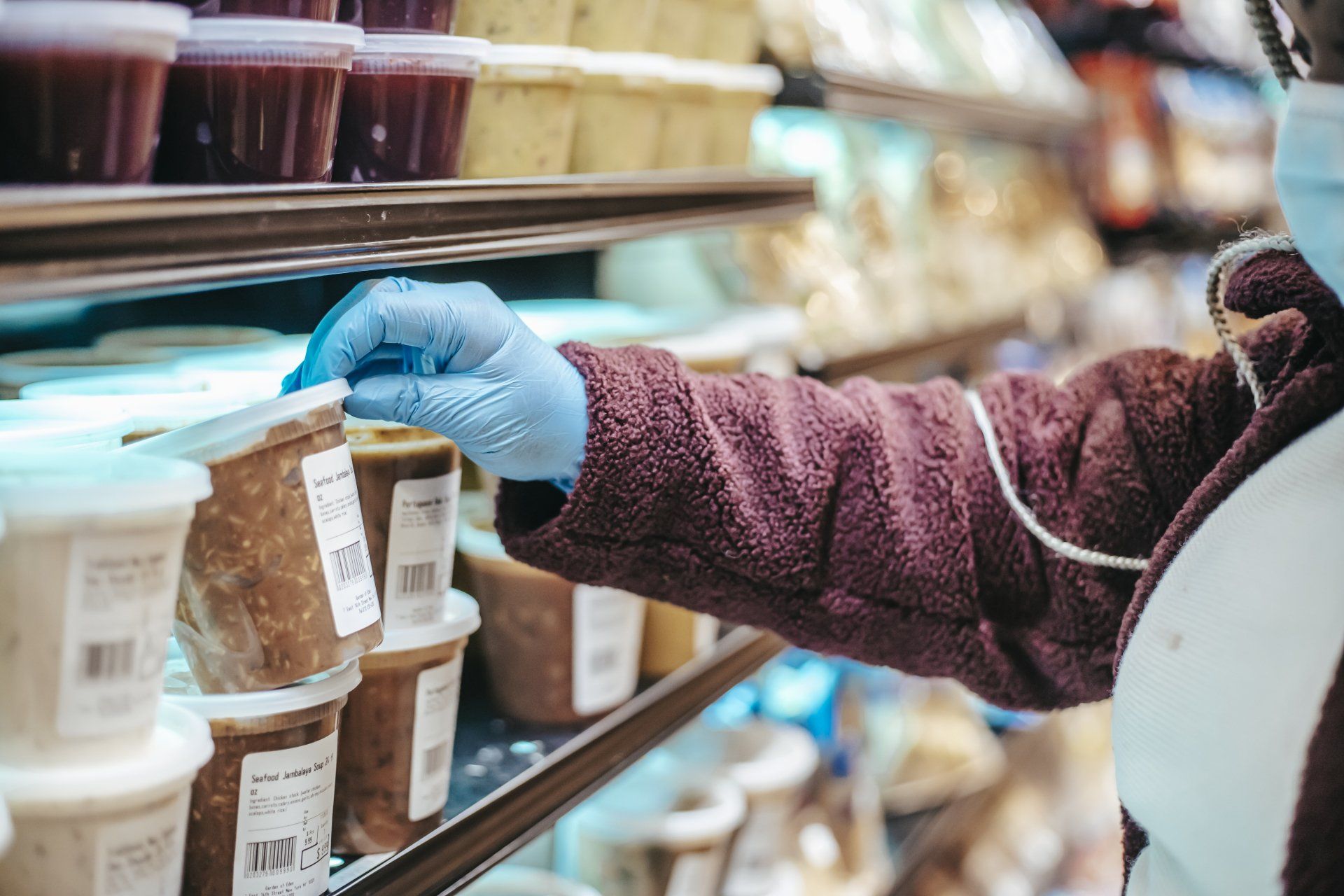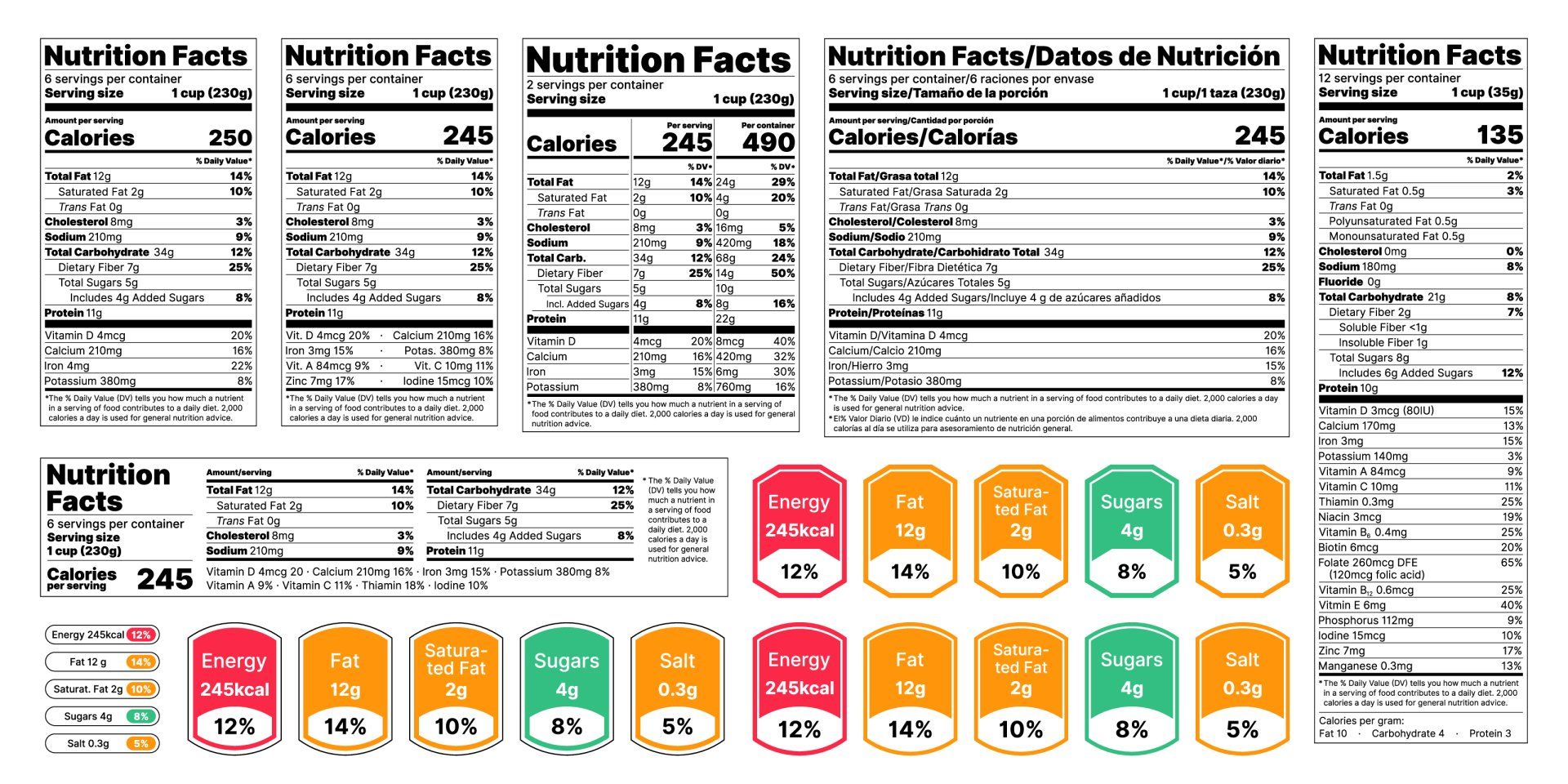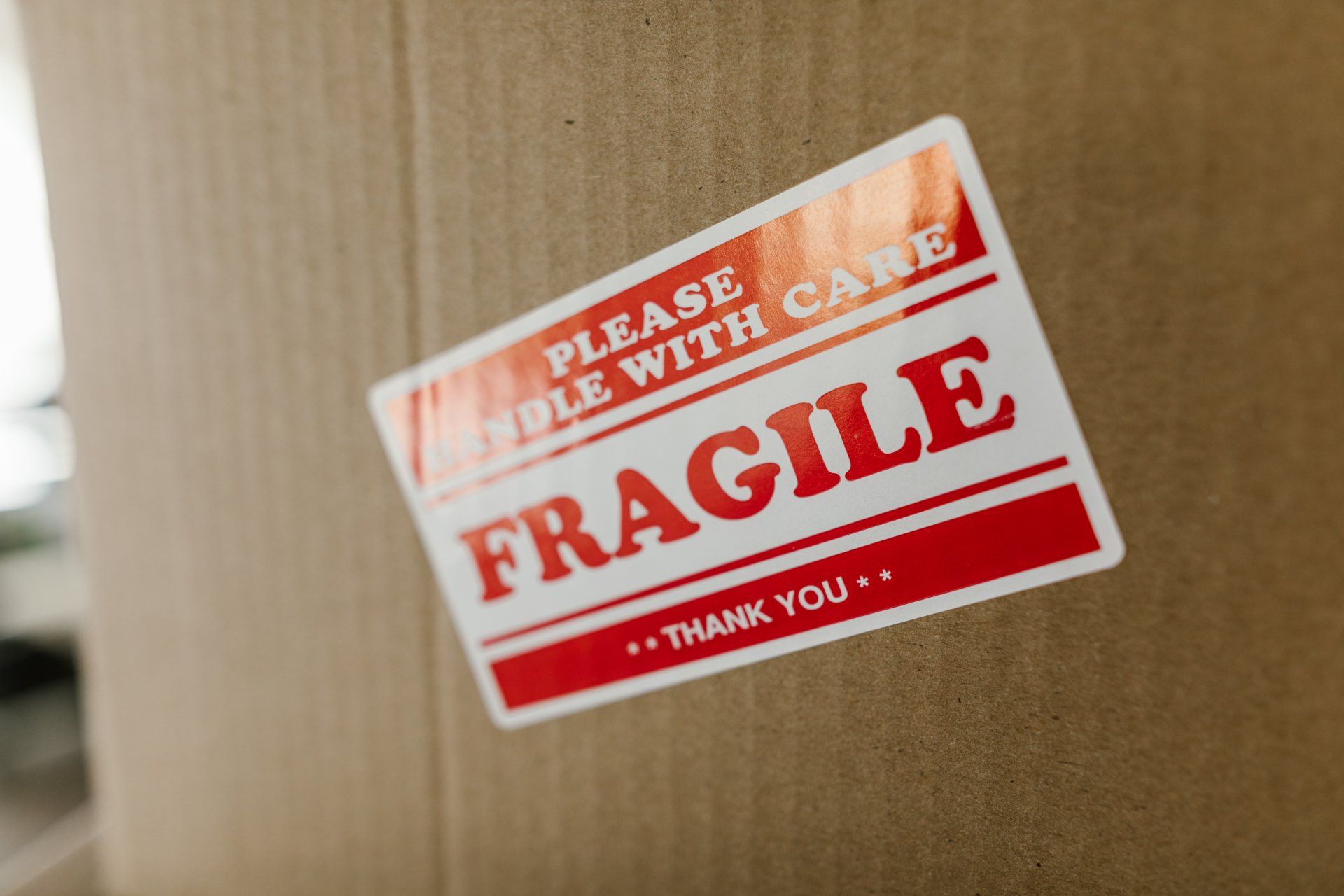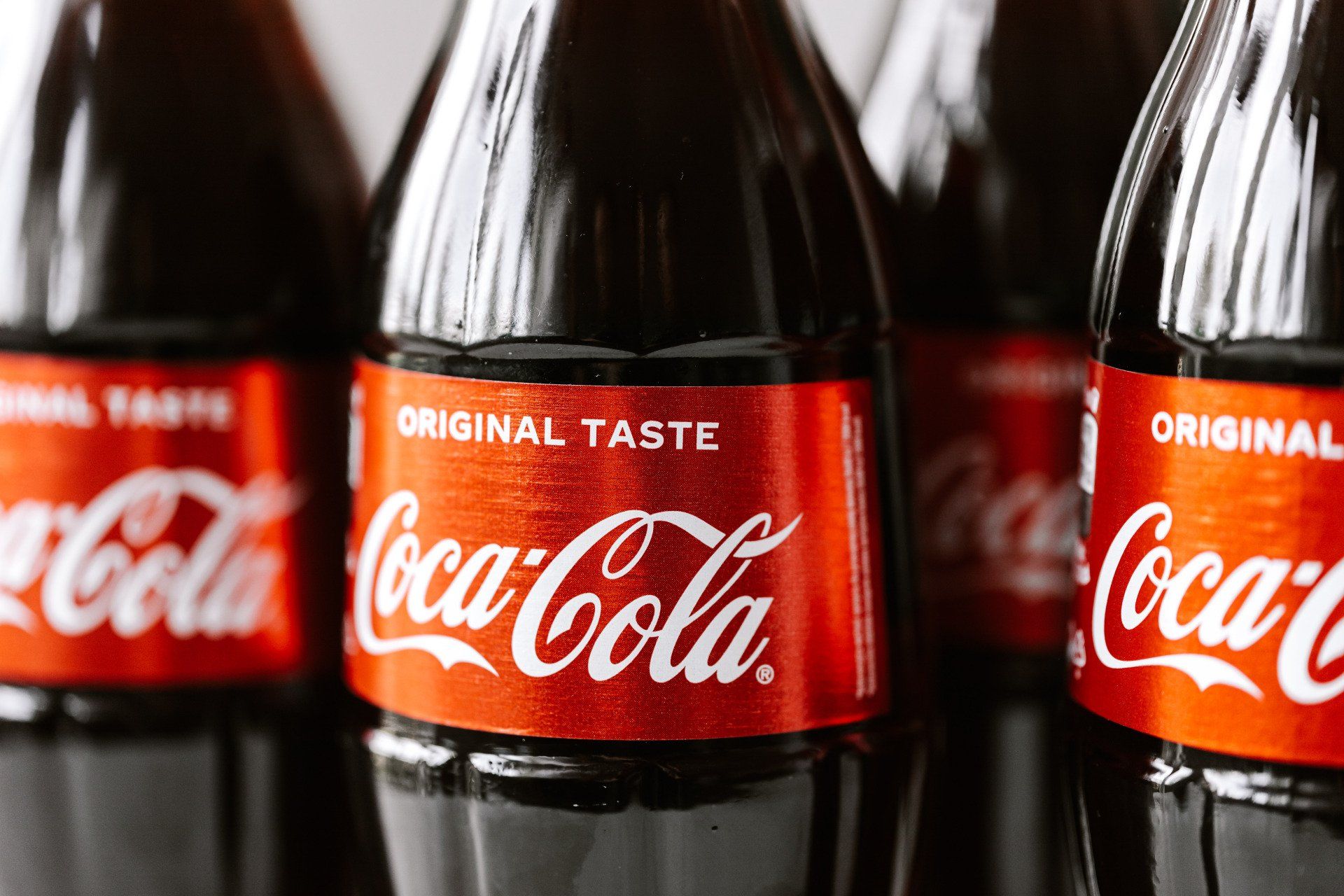Easy guide to Food Product Labels

Food product labels are an important part of shop organisation, public and occupational health and safety. Food product labels categorise products, while also providing vital information about their ingredients and manufacturer to customers. We simply couldn’t sell food items without product labels.
In this blog, we will talk about the importance of proper food labels, what things food labels must include and the important difference between freezer labels and non-freezer labels.
Why we need food labels
For shop owners, food labels don’t just tell them what their product is, but how it must be stored (such as within what temperature range and the duration according to the expiry date). Without this information, food can go off and become contaminated, so long wearing, secure product labels are essential to good business practice.
For customers, food labels inform them about not just the basic ingredients and manufacturer, but also whether the product contains additives or allergens that they may need to avoid. They will also find storage and preparation information, as well as the weight of the item (important for cooking) and manufacturer’s details in case they have a question.
The 10 things that must be on a food product label
Food labels also contain important information that enables both shop owners and customers to compare and contrast similar products. In fact, there are ten things that must be on every food product label by law:
1. Description or proper name of the item
2. Net weight and/or volume – not inclusive of the weight of the packaging
3. Date stamp
4. Ingredient including additives
5. Nutritional information panel
6. Allergy warning or declaration
7. Name, address and contact information of manufacturer, distributor or importer
8. Country of origin
9. Storage Instructions
10. Lot or batch number
The difference between freezer labels and non-freezer labels
Freezers affect everything placed within their environment, and this is true of food labels as well. To ensure that your food labels remain in place and legible on freezer items, it’s important to look for high quality freezer-grade adhesive labels (and to ensure that you purchase products from manufacturers who use them too).
Regular food labels are not designed to withstand such low temperatures, and will begin to crystallize. Food labels that crystallize will begin to wrinkle, bunch up and lose their adhesion, which results in labels falling off and potentially being stored and utilised wrongly by staff and customers. Frozen food items without proper labels are not suitable for sale.
Freezer labels are designed and printed using special cold resistant glue and should never be swapped for non-freezer labels. Only freezer grade food product labels can withstand temperatures as low as -54 degrees Celsius.
In contrast, non-freezer food labels can, in some cases, withstand temperatures down to minus 10 degrees Celsius, but are better suited to moderate conditions.
There is a great deal of diversity among food labels for non-freezer items, including types of adhesives, shapes, sizes and colours. Your choice of non-freezer labels will depend on the product and its storage requirements.
Looking for the Best Food Product Labels in NZ?
TD Print NZ supplies custom labels across all product lines. Our custom frozen food product labels are some of our most popular and can be ordered in rolls and sheets in a huge variety of dimensions and styles. Customisation gives your products an edge and we are proud to support your business through our high quality food label printing services. Browse our website or contact us directly to make an order.











